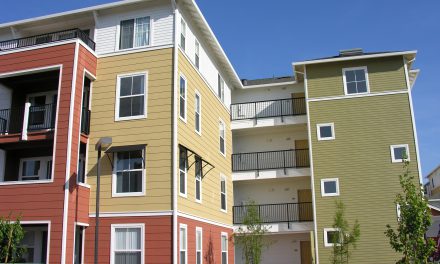California homeowners won’t soon forget 2018’s fire season, the worst on record in the state. As we continue through 2019’s fire season, experts warn that this year may be even worse.
Just over 477,000 California homes are located in areas considered to be in high or very high wildfire hazard areas, according to a Zillow analysis of U.S. Forest Service data.
Given the average home value of those properties in the high -and very-high-risk areas is $550,000, the total value of homes at risk tops $268 billion.
The homes located in these high-risk areas are scattered across the state, including:
- 114,000 in Riverside;
- 55,000 in Sacramento;
- 42,000 in San Diego; and
- 28,000 in Los Angeles.
Find out if your neighborhood is located in a fire hazard zone here.
Preparing for wildfires
Costly and dangerous wildfires are quickly becoming the norm here in California. As wildfires continue to make headlines, homebuyers are weighing the risks more heavily and homeowners are taking action. Real estate professionals need to be prepared to answer questions and make recommendations on wildfire safety for both homebuyers considering property in these high-risk areas and sellers who may need to make fire safety improvements before selling.
Homebuyers will first learn if their potential new home is located in a fire hazard zone by receiving a completed Natural Hazard Disclosure (NHD). [See RPI Form 314]
But being located in a fire hazard zone isn’t necessarily a deal breaker — particularly since homebuyers aren’t likely to shift their search outside the zone, when zones can cover whole cities and counties. But what might be a deal breaker is a home that is not retrofitted or maintained with fire safety in mind.
For example, new homes are always safer from wildfires, since their construction adheres to updated building codes. But homeowners of older homes can gradually replace parts of the building with fire-safe materials as maintenance and improvements are needed. Read more about these types of physical improvements here.
Landscaping to reduce a home’s chances of being destroyed in a wildfire is also important, including:
- trimming and cutting down unsafe or clustering trees;
- trimming shrubs to a maximum height of 18 inches;
- removing any vegetation within three feet of the home;
- clearing leaves and branches from the yard;
- cleaning gutters and roof debris;
- moving wood piles away from structures; and
- replacing grass or vegetation near the home or other structures with gravel.
Properties located in very high fire hazard severity zones require at least 100 feet of defensible space surrounding the home or structure. [Calif. Government Code §51182(a)(1)]
Read more about creating these natural fire buffers, or defensible space zones, here.
Homebuyers and sellers who need help paying for fire safety improvements may be able to use 2019’s Wildfire Safety Finance Act, which provides public financing to install permanent wildfire safety improvements.



















